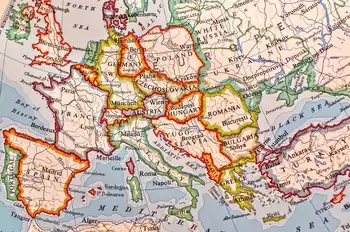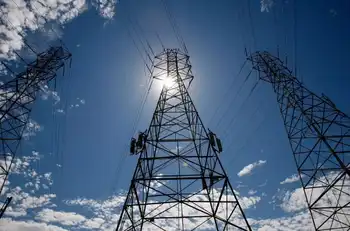Ontario gets an A for efficiency
By Toronto Star
NFPA 70b Training - Electrical Maintenance
Our customized live online or in‑person group training can be delivered to your staff at your location.

- Live Online
- 12 hours Instructor-led
- Group Training Available
Ontario and British Columbia have "made the most progress" compared with the rest of Canada when it comes to using electricity, natural gas and other fuels more efficiently, according to a 2007 report card from the Canadian Energy Efficiency Alliance.
"Amendments to the Ontario Energy Efficiency Act have established minimum efficiencies in 50 product categories that consume 80 per cent of residential energy consumption and 50 per cent of commercial usage," the alliance said, adding that the province has also set efficiency standards higher by amending the building code.
"But even more encouraging is what is in the pipeline for the future. Ontario appears to be taking energy efficiency very seriously."
The province has come a long way from the "D+" it got in 2001. That rose to "C" a year later but fell back to "C-" in 2004.
Since then, Ontario has made steady progress by helping industry, businesses and residents embrace efficiency and conservation.
Peter Love, Ontario's chief conservation officer, said the report card is based on a number of criteria and covers all energy sources. He said the Ontario Power Authority and its associated Conservation Bureau weren't yet created in 2004. Since then, a variety of programs have been developed and tangible results are being seen.
"We've made some initial progress, but we've got a long way to go."
Ontario's goal is to reduce electricity demand in the province by 6,300 megawatts, an ambitious target considering overall demand on a day like yesterday was around 20,000 megawatts. Love said the goal of achieving 1,350 megawatts of conservation by the end of 2007 has been achieved, though he admitted that the next 1,350 megawatts of savings targeted by 2010 will be more difficult.
"We've done the easy stuff, so we're going to have to dig deeper."
Top marks went to British Columbia and Manitoba, which each got an "A+" this year. Ontario and Quebec tied for second.
Nova Scotia, Saskatchewan and the Northwest Territories tied for third with "B+".











